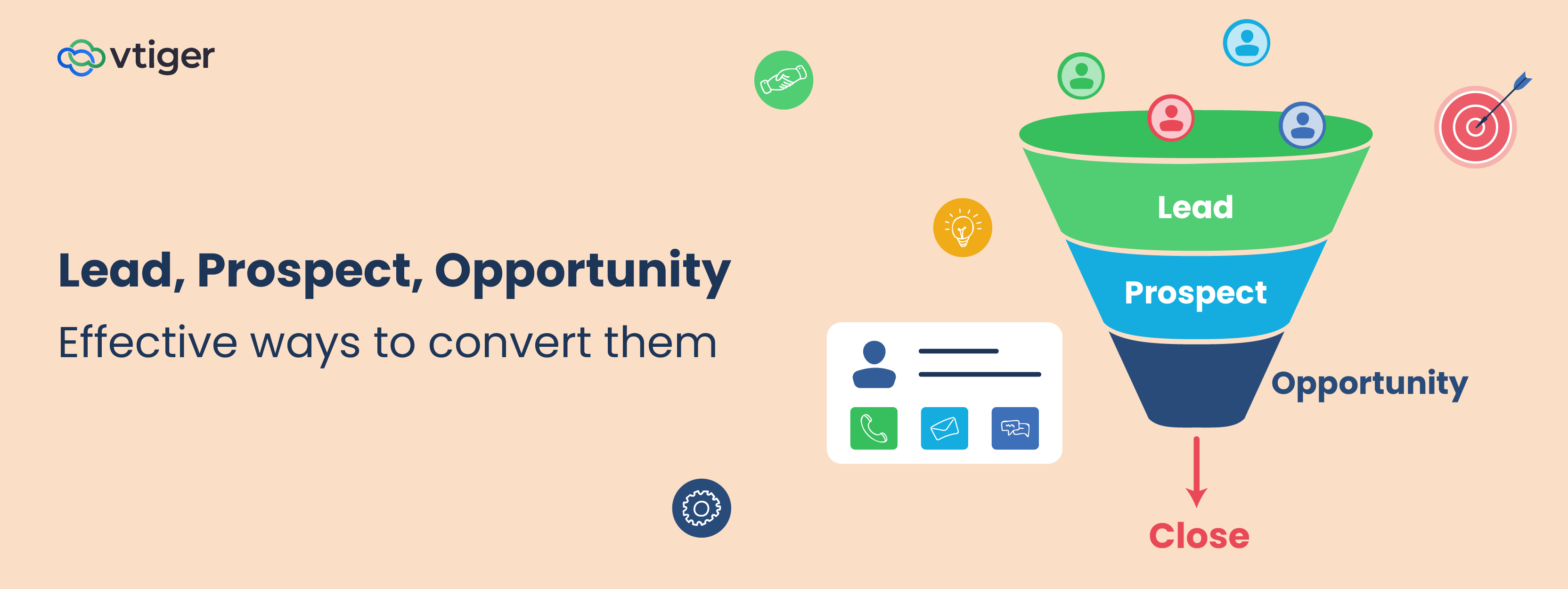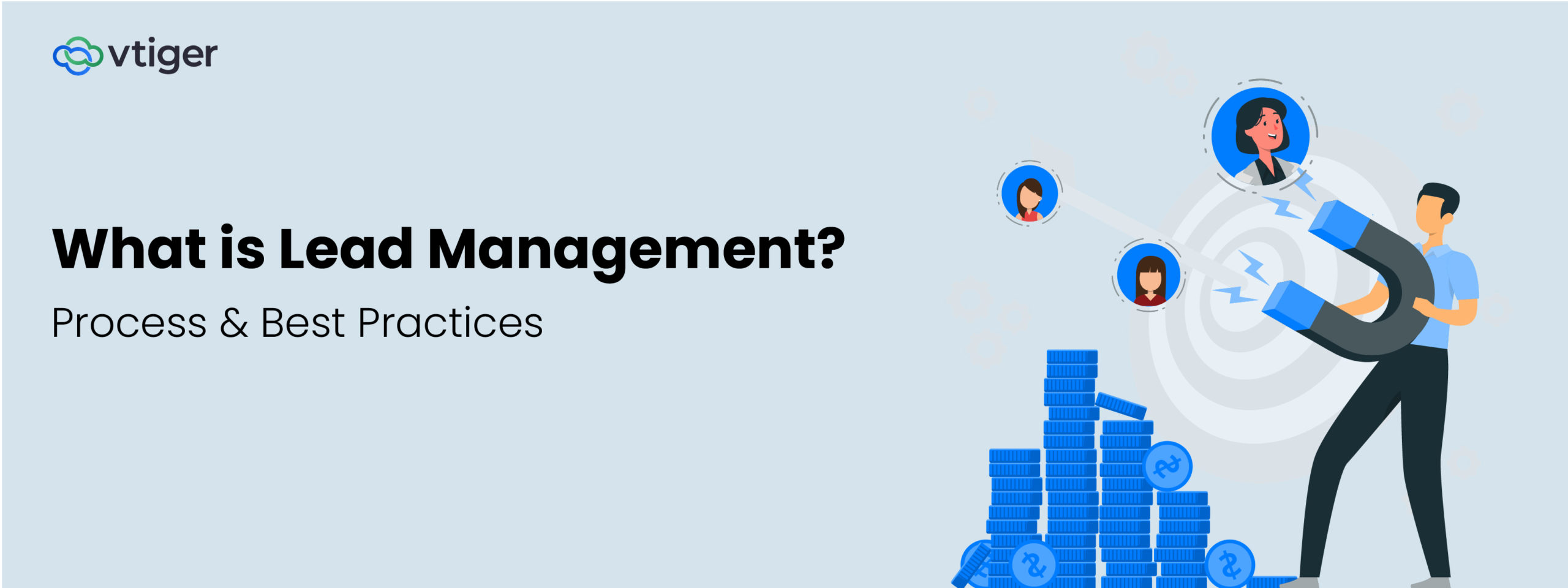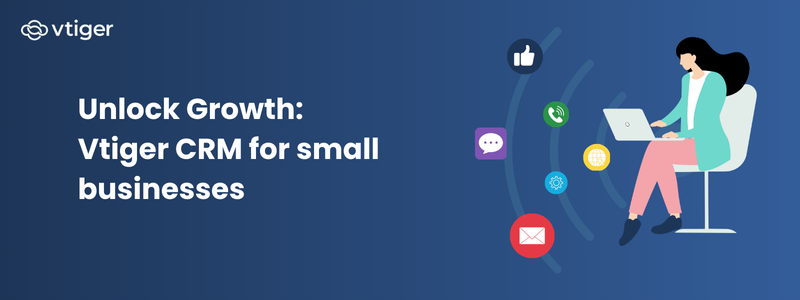In the previous blog, we discussed lead generation as a key element that drives an organization’s growth and success. Just like how lead generation is a significant process, it is equally important to know the difference between leads, prospects, and opportunities for businesses to engage with them accordingly.
As these are often used interchangeably in organizations, let’s define the differences in this blog and understand how to move them down the sales funnel.
Lead
Lead is an individual or an organization who has shown interest in your business by providing contact information such as email address and phone number. You can generate leads from various marketing channels, such as email campaigns, social media, etc.
It always comes at the top of the sales funnel, where the sales rep may try to figure out if they can qualify as prospects by building meaningful conversations.
Prospect
A prospect is a lead that has been sales qualified and is considered a potential customer. They have been evaluated based on their budget, purchasing power, and whether their preferences align with the company’s products and services.
An important point to remember is that a prospect has not committed to purchasing your product/service. However, they are a promising candidate for sale.
Opportunity
An opportunity is a prospect that has progressed to the stage where there is an excellent likelihood of a sale – meaning they have shown a strong desire to make a purchase and are one step away from becoming a customer. Opportunities are the most valuable among the three of them and should be given more attention while closing the deal.
Leads, prospects, and opportunities are a part of the sales cycle. But only some can be converted into prospects and opportunities. It requires specific strategies to move them through the sales funnel and turn them into customers.
Let’s dive deeper into it.
Converting leads into prospects
Prospects are qualified. How do you qualify them? Learn about your leads by asking them valid questions. You can ask about their preferences, background, purchasing habits, budget, etc. Or create an ideal customer profile and check if their preferences match your user persona.
You should constantly engage with your lead to turn them into prospects. Build personalized relationships by understanding their pain points and interest and tailor your messaging to better suit their demands. Nurture your leads by sharing valuable information and keeping the conversation going throughout the process.
Converting prospects into opportunities
The journey from turning prospects into opportunities predominantly focuses on identifying their needs, providing customized solutions to their problems, and more.
At this stage, you can demo your product and show them how your services/features can meet their requirements. You can conduct a webinar, show a demo presentation or give them free trial access to know your brand closely. Explain how you stand out from the crowd by providing key features and benefits and comparing other solutions in the market.
Conclusion
The discussion about leads, prospects, and opportunities could be more transparent. Investing in software to monitor your sales funnel and track the movement is better.
Implement a sales pipeline that displays the step-by-step journey of a lead transforming into an opportunity and becoming a customer. A sales pipeline will simplify the sales process and recommend the following best action to take in the future.




